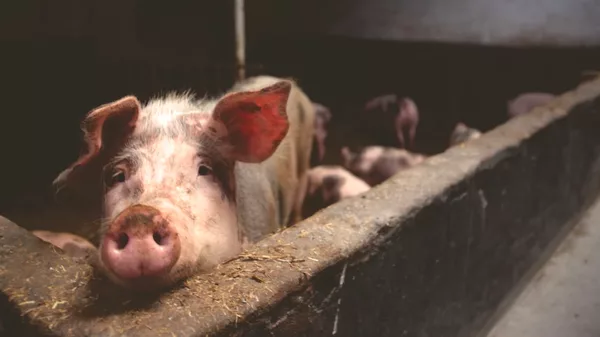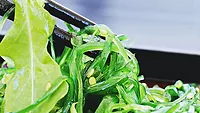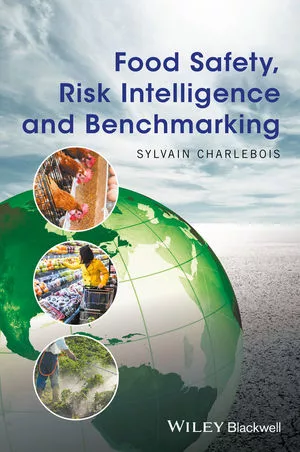USDA: Original Media Report on Proposed Pork Industry Regulation is False

This week, the U.S. Department of Agriculture Food Safety and Inspection Service (USDA FSIS) released a response to The Washington Post’s April 3rd article about changes coming to the pork industry.
Below is USDA’s own accounting of every claim made by The Washington Post that the agency deems false.
“Pork industry soon will have more power over meat inspections”
FALSE: First, by law only federal inspectors do meat inspections. Also by law, only federal inspectors can apply the USDA mark of inspection, which consumers rely on to know their meat is safe. To imply otherwise is sloppy, inaccurate, and reckless.
“The Trump administration plans to shift much of the power and responsibility for food safety inspections in hog plants to the pork industry as early as May…”
FALSE: Again, only federal inspectors do meat inspections.
Much has changed since the 1967 Wholesome Meat Act, including the old “poke and sniff” methods that were developed using an outdated understanding of risk and disease. With modernized hog slaughter, FSIS is moving inspection closer to an approach supported by current food safety science. In fact, FSIS conducted a 20-year pilot called the HACCP-Based Inspection Model Project (HIMP) in five market hog establishments. The pilot has been ongoing throughout four presidential administrations producing the safest food supply in the world. Modernizing inspection through science is clearly in the best interest of public health.
“The Trump administration plans to shift…”
FALSE: This is deliberately misleading. The plans and data gathering for this proposal started in the early 1990s under the Clinton administration. Since that time, dozens of food safety leaders regardless of administration or party have attempted to modernize inspection. This modernized approach to inspection was proposed and finalized for poultry under the Obama administration in 2014.
“…cutting the number of federal inspectors by about 40 percent and replacing them with plant employees”
FALSE: FSIS is not reducing the total number of federal inspectors by 40 percent and is not replacing our inspection personnel with plant employees that will conduct inspections. FSIS will make inspection staff determinations on a case-by-case basis to ensure that 100% inspection and other critical public health activities are carried out.
Looking for quick answers on food safety topics?
Try Ask FSM, our new smart AI search tool.
Ask FSM →
Should the proposed rule become final, federal inspectors won’t be performing quality assurance tasks. Instead, they would be able to focus on critically important activities.
“Under the proposed new inspection system, the responsibility for identifying diseased and contaminated pork would be shared with plant employees…”
FALSE: Under both the proposal and traditional inspection, establishment employees sort market hogs before FSIS inspection. They also may choose to not present some animals for FSIS inspection. This is consistent with current policy for establishments under traditional inspection. It’s important to understand that under the proposal, establishment employees will not conduct inspections and they will not condemn animals.
“Pat Basu, the chief veterinarian with the USDA’s Food Safety and Inspection Service from 2016 to 2018, refused to sign off on the new pork system because of concerns about safety for both consumers and livestock.”
FALSE: Again, The Washington Post purposely misstated the truth in this statement. Pat Basu did not sign off on the proposal because he was never part of the clearance process and his signature was not requested or required.
“Basu’s top concern is with giving plant workers the responsibility for identifying and removing live diseased hogs when they arrive at the plants.”
FALSE: FSIS is not aware that Mr. Basu has ever been to one of the pilot establishments, so he is likely unaware that pre-sorting (the responsibility for identifying and removing live diseased hogs) is the same process as voluntary segregation under traditional inspection.
If the proposed rule becomes final, USDA will follow the same ante-mortem inspection procedures in traditional and NSIS establishments. However, under the proposal, USDA will issue citations to the plants if they don’t properly sort for food safety conditions before USDA personnel conduct their inspections
“The new pork inspection system would accelerate the federal government’s move toward delegating inspections to the livestock industry.”
FALSE: This statement is false no matter how many times The Washington Post writes it. Again, only federal inspectors do meat inspections and under the proposed rule, FSIS inspectors would continue to conduct 100% ante-mortem inspection and 100% carcass-by-carcass inspection at post-mortem.
“Obama administration, poultry plant owners were given more power over safety inspections, although that administration canceled plans to increase line speeds.”
FALSE: No food safety inspections were handed to establishment employees. In that rule, maximum line speeds for establishments that adopt the New Poultry Inspection System (NPIS), were capped at 140 birds per minute. The original 20 establishments that participated in the pilot for decades were allowed to continue to slaughter poultry at 175 birds per minute. FSIS capped the other establishments at 140 birds per minute while stating very clearly that we would consider higher line speeds at establishments that are capable of consistently producing safe, wholesome, and unadulterated product and are meeting pathogen reduction and other performance standards.
“However, USDA officials confirmed they have no plans under the new system to test for Salmonella — for which the USDA once tested. The agency will rely heavily on pathogen testing by plant owners, but those results will not have to be publicly disclosed."
“The hog plants also will no longer be required to test for E. coli, records show.”
FALSE: The Washington Post deliberately misleads readers here because the facts did not fit their headline and opinion. As we explained in the proposed rule, FSIS discontinued its Salmonella verification sampling program for market hogs (carcasses) in 2011. Why? Because we were finding very low rates of Salmonella on whole carcasses. FSIS is removing the carcass Salmonella performance standards for market hogs in the proposed rule because 1) the standards have not been used since 2011, and 2) the standards were not being verified because of the low rates of Salmonella on whole carcasses.
What is true is that FSIS is currently testing pork cuts and other pork products (different from whole carcasses) for Salmonella and will decide in 2019 whether to develop new pathogen performance standards for these products or take other actions to address Salmonella in these products. This is in line with what we told the Government Accountability Office (GAO) in public documents.
“The safety of tens of thousands of workers in pork processing plants should be USDA’s priority, and right now it clearly isn’t.”
FALSE: While FSIS recognizes that worker safety in swine slaughter establishments is a critical issue, the agency does not have the authority to regulate issues related to establishment worker safety. The Department of Labor’s Occupational Safety and Health Administration (OSHA) has that jurisdiction.
The Washington Post failed to include OSHA, let alone quote them for their jurisdiction, even though this is the federal agency with statutory and regulatory authority to enforce workplace safety and health.
Finally, USDA's statment also says that they are "appalled at The Washington Post’s poor attempt at explaining a proposal to modernize inspection. The Post’s decision to continue to parrot arguments that are devoid of factual and scientific evidence only serves to further the personal agenda of special interest groups that have nothing to do with ensuring food safety."
Sign up for Food Safety Magazine’s bi-weekly emails!
Subscribe to our podcast: Food Safety Matters!








